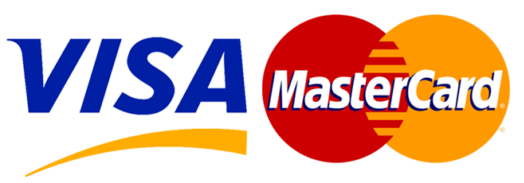In every successful project, lesson, or life plan, one thing is consistently present: a solid strategy. Strategies are the structured paths we take to achieve our goals. But not all strategies are created equal. Some are forgotten as quickly as they’re drafted; others become game-changers.
So what’s the secret to unlocking the power of strategies?
Whether you’re an educator designing a curriculum, a student planning study sessions, or a professional chasing career goals, understanding what makes a strategy truly effective is the first step toward real progress.
This article explores the principles behind powerful strategies and how to apply them to make your vision a reality.
Why Strategies Matter More Than You Think
Without a strategy, even the best intentions remain ideas. A strategy transforms:
- Goals into action
- Plans into progress
- Visions into results
In classrooms, boardrooms, and personal pursuits, strategies provide clarity, structure, and direction. They help us stay focused, track success, and pivot when necessary.
Unlocking the power of strategies means developing approaches that work—because they are built to adapt, endure, and deliver.
1. Clarity: Define the “What” and “Why”
The first step in an effective strategy is knowing exactly what you want to achieve—and why.
Ask yourself:
- What’s the end goal?
- Why is it important?
- How will success be measured?
For example, a student aiming to improve grades must know whether their focus is on essay writing, exam performance, or subject comprehension. Clarity ensures every action taken is aligned with purpose.
Clarity is power. It turns vague ambitions into sharp, actionable plans.
2. Simplicity: Keep It Focused and Achievable
Complexity kills momentum. The best strategies are straightforward, targeted, and easy to follow.
How to simplify:
- Break large goals into smaller, manageable steps
- Prioritise what matters most
- Avoid overloading with too many actions at once
Simplicity leads to consistency—and consistency is where the real change happens.
3. Flexibility: Adapt to Changing Circumstances
Unlocking the power of strategies means planning for unpredictability. Life isn’t static, and neither should your approach be.
Build adaptability by:
- Setting regular review points
- Allowing space for reflection and refinement
- Being willing to pivot if something isn’t working
A rigid strategy may look good on paper but fall apart in practice. An adaptable one grows with you.
4. Evidence-Based: Learn from What Works
Effective strategies are informed by data, experience, or proven methods. Don’t reinvent the wheel—study what has worked for others and adapt it to suit your context.
For example:
- Educators can draw from evidence-based teaching models
- Businesses rely on market research and analytics
- Students use study techniques backed by cognitive science
Real power lies in informed decisions—not guesses.
5. Motivation: Tie Strategy to Personal Values
Strategies become truly powerful when they are personally meaningful. A strategy that reflects your values and goals will naturally drive motivation.
Ask:
- Does this strategy align with who I am and what I value?
- Will it help me become the person I want to be?
When you connect emotion to your actions, your strategy becomes more than a plan—it becomes a purpose.
6. Measurable Progress: Track, Reflect, and Adjust
No strategy is complete without a feedback loop. You must be able to see what’s working and what’s not.
How to measure success:
- Use key performance indicators (KPIs)
- Reflect weekly or monthly on progress
- Adjust based on outcomes, not assumptions
What gets measured gets improved. Tracking progress fuels momentum and accountability.
7. Consistent Action: From Planning to Doing
The best strategy in the world is useless without action. Execution is where theory meets results.
To stay consistent:
- Schedule time to act on your strategy every day or week
- Build habits that reinforce your goals
- Don’t wait for perfect conditions—start where you are
A successful strategy doesn’t rely on motivation alone—it’s powered by routine.
Real-World Applications: Where Strategies Shine
In Education: Teachers use lesson planning strategies to create engaging, outcome-driven classrooms. Students adopt revision timetables and active recall methods to retain information better.
In Business: Organisations use growth strategies to scale, marketing strategies to reach audiences, and performance strategies to empower teams.
In Personal Life: From fitness to finances, personal strategies help us stay on track, overcome challenges, and move forward with purpose.
No matter the field, unlocking the power of strategies leads to smarter, stronger results.
Conclusion: Strategy Is the Bridge Between Thought and Success
A good idea without a plan remains a dream. But a well-crafted strategy turns that dream into direction—and ultimately, into reality.
Unlocking the power of strategies means understanding what works, why it works, and how to make it work for you. It’s about clarity, simplicity, adaptability, and follow-through.
So, whether you’re navigating your next academic challenge, mapping a business idea, or setting personal goals, remember: strategy is the engine that moves you forward.
Make it focused. Make it flexible. Make it yours



 Upskill Bridge
Upskill Bridge 


